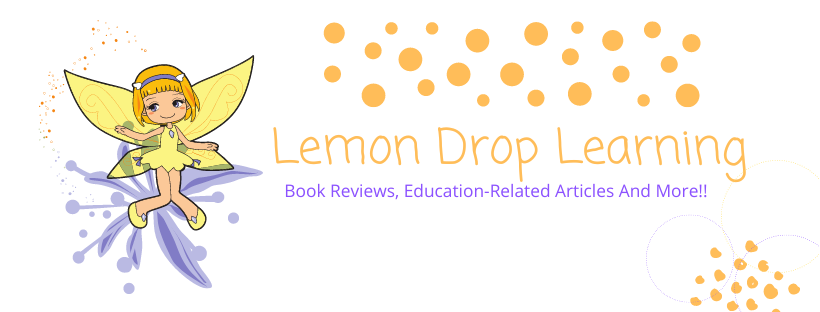 |
| Photo courtesy of: 2081671; courtesy of Pixabay https://pixabay.com/en/child-fun-family-love-play-baby-3046494/ |
Learning to read is a skill every child must master to advance in school and in life. Over the years, many parents have asked me when they should begin reading to their child. My answer is always the same, at once.
I read to my children before they
were born. I was a tad overzealous, but it helped me prepare for the
traditional bedtime story.
After my kids
were born, I read them simple board books and pointed to the pictures while
identifying the objects on the page. I also shared family photos to support
facial recognition, and the names associated with them.
As they grew, I made environmental
print books from old cereal boxes, Dunkin' Donuts cartons and Burger King bags.
Environmental print
is the writing we see in our daily lives; examples include street signs and
logos for products and stores.
Most children can "read" the STOP sign
and the McDonald's or Wal-Mart logos. When your child does this applaud their
efforts and nurture their growing skills by "reading" more
environmental print together.
 |
| Photo courtesy of: Picsea; courtesy of: Unsplash https://unsplash.com/photos/EQlTyDZRx7U |
So, why should you read to your
child?
1. It builds vocabulary.
A well-rounded vocabulary is a precursor for
reading achievement. Children with a wide vocabulary better comprehend stories
read to them. This sets the stage for future independent reading.
The average two-year-old
is expected to learn 50 words, compare that with a three-year-old
who should know 200 words a year later, and you begin to understand why
vocabulary development is so crucial. An excellent way to expand your child‘s
vocabulary is to read, sing, and play.
2. It teaches fluency.
Fluency is the skill of reading a text smoothly,
accurately, and with a meaningful expression. When children
listen to stories, they internalize the reader‘s inflection.
These vocal
nuances teach children the expressions good readers need: like when to pause at
a comma, when to stop at a period, and how to modulate their voices for
question marks and exclamation points.
3. It develops a lifelong love of reading.
Reading
provides a safe atmosphere to discuss the topic of a book. During these
conversations, parents can ask their children questions or engage in meaningful
dialogue.
This interaction will strengthen a child's communication and
comprehension skills. Ultimately, these positive moments will create pleasant
memories and foster a confident attitude toward reading that will last.
4. It fosters writing development.
Good readers
make good writers. A youngster who listens to stories gains a strong awareness
of the concepts of print.
Concepts
of
print are an elementary set of skills that beginning readers
require and may include the following characteristics: distinguishing text from
illustrations, demonstrating left-to-right directionality upon viewing a text,
or identifying individual letters within a word.
Children who
have these skills understand that print conveys a message that has meaning.
They also comprehend the ideas of letter recognition and letter sounds. In
tandem, these qualities help children learn to write.
5. It creates positive relationships.
Reading is a
wonderful way to bring people together. When children learn correct reading
behaviors, they can listen to and enjoy stories in school.
After a large group
read-aloud, my students flocked to the library and engaged in spirited
conversations about the characters in the books I had read to them. Many
classroom friendships began this way.
The joy and
creativity that reading brought to my children and my students was a wonderful
thing to witness. All it took was a little time, a little laughter, and lots
and lots of books.
Books for young readers:
 |
| Photo courtesy of: jutheanh; courtesy of: Pixabay https://pixabay.com/en/boy-reading-book-glasses-books-921807/ |
What books do you read to your children?



